Neosine syrup 250 mg/5 ml for children over 1 year of age and adults is a banana-flavored medicine obtained without a prescription, used in immunocompromised people in case of recurrence of upper respiratory tract infections and for treatment herpes found on the lips and facial skin caused by the herpes simplex( virus )Herpes simplex.
How does Neosine syrup work?
Neosine syrup contains inosine pranobeks –, an active substance that inhibits the multiplication of viruses from the group pathogenic to humans Herpes.
Neosine drug:
- it has an antiviral effect, combating the cause of upper respiratory tract infections,
- it stimulates the functions of the immune system, contributing to increasing the body’s immunity.
To facilitate dosing of the drug, the package includes a graduated dosing cup.
Indications
- As an adjunct in immunocompromised people, in case of recurrent upper respiratory tract infections.
- For the treatment of cold sores and facial skin caused by the herpes simplex( virus )Herpes simplex– <TAG1>, Neosine can only be used in patients who have a history of herpes simplex virus infection.
Composition
1 ml of syrup contains:
- active substance: inosine pranobeks (complex containing inosine and 2-hydroxypropyldimethylammonium 4-acetamidobenzoate in a molar ratio of 1:3) 50 mg,
- other ingredients: methyl parahydroxybenzoate, propyl parahydroxybenzoate, sucrose, citric acid, sodium hydroxide, propylene glycol, banana flavor AR 0010, purified water.
Action
Antiviral and increasing the body’s immunity.
Dosage
Always use this medicine exactly as described in the package leaflet or as directed by your doctor or pharmacist. If you have any doubts, ask your doctor or pharmacist for advice.
- Adults, including elderly (over 65 years): typically, 20 ml of syrup is used 3 or 4 times a day (1 ml of syrup per kg body weight per day). The maximum dose is 4 g of pranobex inosine (, i.e. 80 ml of syrup) per day;
- Children over 1 year of age: 1 ml of syrup per kg body weight per day. The medicine should be administered 3 times a day according to the following schedule:
- children weighing 10 to 14 kg should be given 5 ml of syrup at a time,
- children weighing 5 to 20 kg should be given 5-7.5 ml of syrup at a time,
- children weighing 21 to 30 kg should be given 7.5-10 ml of syrup at a time,
- children weighing 31 to 40 kg should be given 10-15 ml of syrup at a time,
- children weighing 41 to 50 kg should be given 15-17.5 ml of syrup at a time.
- The medicine should be used orally. Treatment usually lasts from 5 to 14 days. After the symptoms of the disease disappear, it is recommended to take the drug for another 1 to 2 days. If you do not improve after 5 to 14 days of taking the medicine or you feel worse, consult your doctor.
- To measure the dose more precisely, use the measuring cup included in the package.
- There are no data on overdose if you take more than the recommended dose. In case of any doubt or bad well-being contact your doctor immediately.
- If you miss a dose, take your dose as soon as possible and continue treatment. Do not take a double dose to make up for a missed dose.
Contraindications
- Allergy to the active substance (inosyn pranobeks) or any of the other ingredients of this medicine. Symptoms of an allergic reaction may include: skin rash, itching, difficulty breathing, swelling of the face, lips, throat or tongue.
- Current gout attack ( manifested by severe joint pain with swelling and redness of the skin or in large areas joints exudates are reported to occur, or increased levels of uric acid in the blood are shown in current study studies.
- The medicine should not be used in children under 1 year of age.
Storage
- Keep the medicine out of the reach and sight of children.
- Store at a temperature not exceeding 25°C. Do not store in the refrigerator. Do not freeze.
- Do not use after the expiry date which is stated on the label and carton. The expiry date means the last day of the given month.
- Medicines should not be disposed of via wastewater or household waste. Ask your pharmacist how to dispose of medicines you no longer use. Doing so will help protect the environment.
Side effects
This medicine, like all medicines, can cause side effects, although not everyone gets them.
The following side effects may occur:
Common (u 1 to 10 per 100 patients):
- transient increase in uric acid levels in the blood;
- elevation of liver enzymes or blood urea nitrogen,
- nausea with or without vomiting,
- abdominal pain,
- headache or dizziness,
- fatigue, malaise,
- arthralgia,
- itching, skin rash.
Uncommon (affects 1 to 10 users in 1,000):
- diarrhoea,
- constipation,
- nervousness,
- drowsiness or difficulty sleeping (insomnia),
- polyuria (excretion of large amounts of urine).
Interactions
Tell your doctor or pharmacist if you are taking, have recently taken or might take any other medicines.
In particular, tell your doctor if you are using a:
- medicines for the treatment of gout (e.g. allopurinol or other xanthine oxidase inhibitors);
- medicines that increase uric acid excretion, including diuretics ( that increase urine production), e.g. furosemide, torasemide, ethacric acid, hydrochlorothiazide, chlorthalidone, indapamide;
- medicines that inhibit the immune system (so-called immunosuppressants, used in patients after organ transplantation or atopic dermatitis);
- azidothymidine (drug used to treat AIDS) disease.
Warnings and precautions
Talk to your doctor or pharmacist before taking Neosine:
- if you have had gout attacks or increased uric acid levels – this medicine may cause temporary increases in uric acid levels in your blood and urine;
- if you have had kidney stones;
- if you have kidney problems – your doctor will check your blood regularly and monitor your kidneys while you are taking Neosine;
- if the treatment is long-term ( lasts 3 months or longer), your doctor will order regular blood tests and tests of the kidneys and liver.
Pregnancy and breastfeeding
- If you are pregnant or breast-feeding, think you may be pregnant or are planning to have a baby, ask your doctor or pharmacist for advice before taking this medicine.
- Do not take Neosine if you are pregnant or breast-feeding without talking to your doctor who will assess whether the benefits of using the medicine in the mother outweigh the risks to the baby.
Driving and using machines
- The medicine may affect your ability to drive or use machines.
- If you experience headache, dizziness or drowsiness, do not drive, use machines or other activities that require concentration.
The medicine contains sucrose sugar.
- If you have been told by your doctor that you have an intolerance to some sugars, contact your doctor before taking this medicinal product.
- 1 ml of Neosine syrup contains 663 mg of sucrose. This should be taken into account in patients with diabetes.
The medicine contains methyl parahydroxybenzoate and propyl parahydroxybenzoate.
- They may cause allergic reactions ( symptoms may occur with a delay).
Additional information
This is medicine. For safety, use it according to the package leaflet. Do not exceed the maximum dose of the drug. If in doubt, consult your doctor or pharmacist.



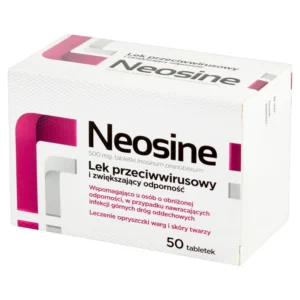


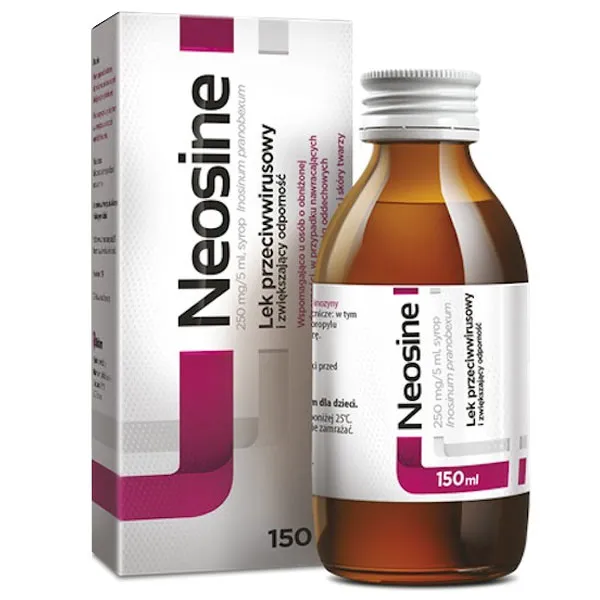

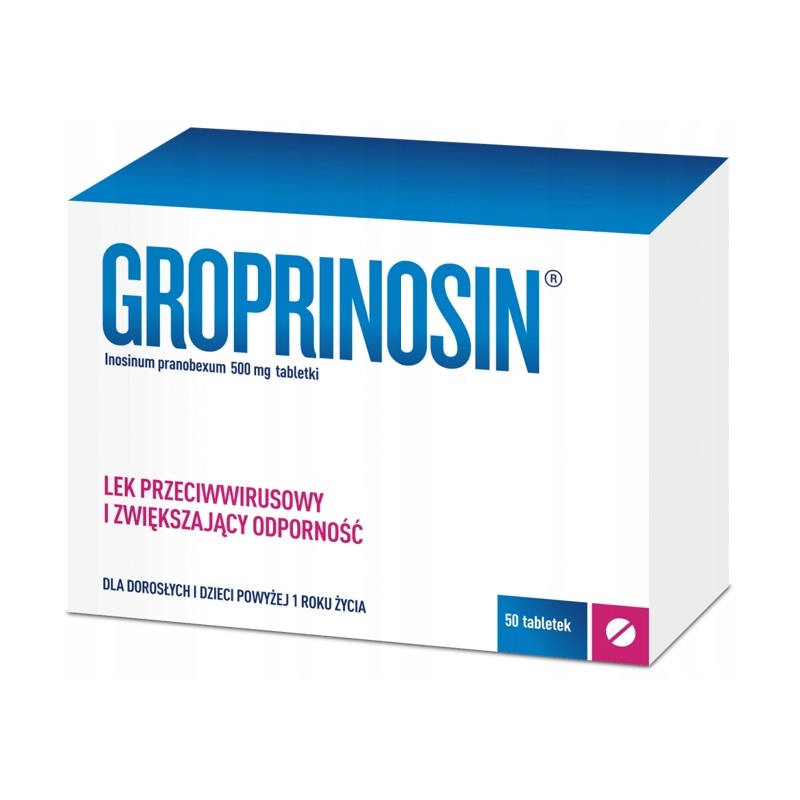
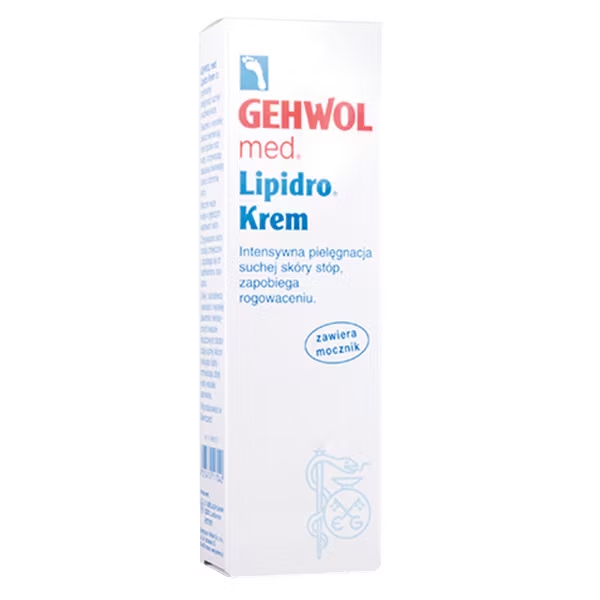
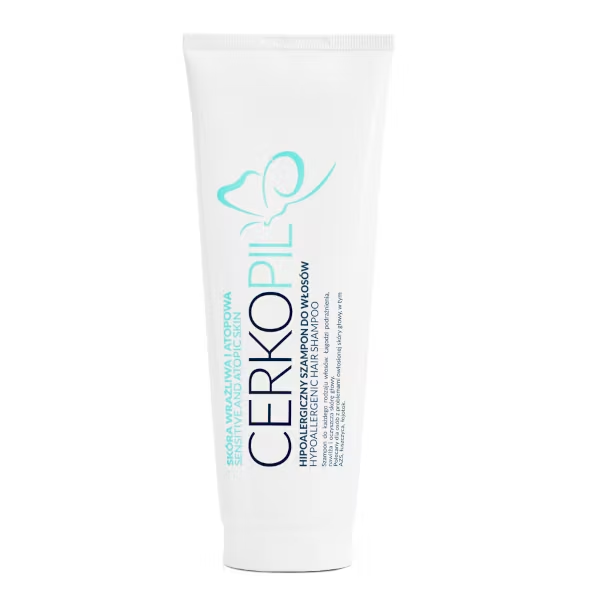

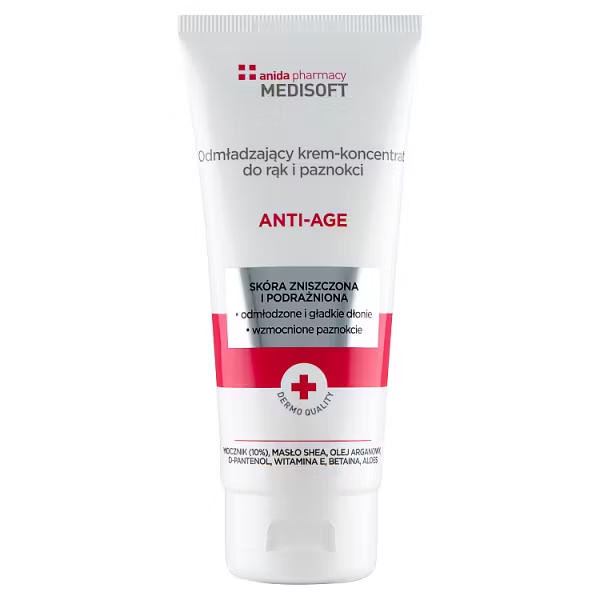



























Reviews
Clear filtersThere are no reviews yet.